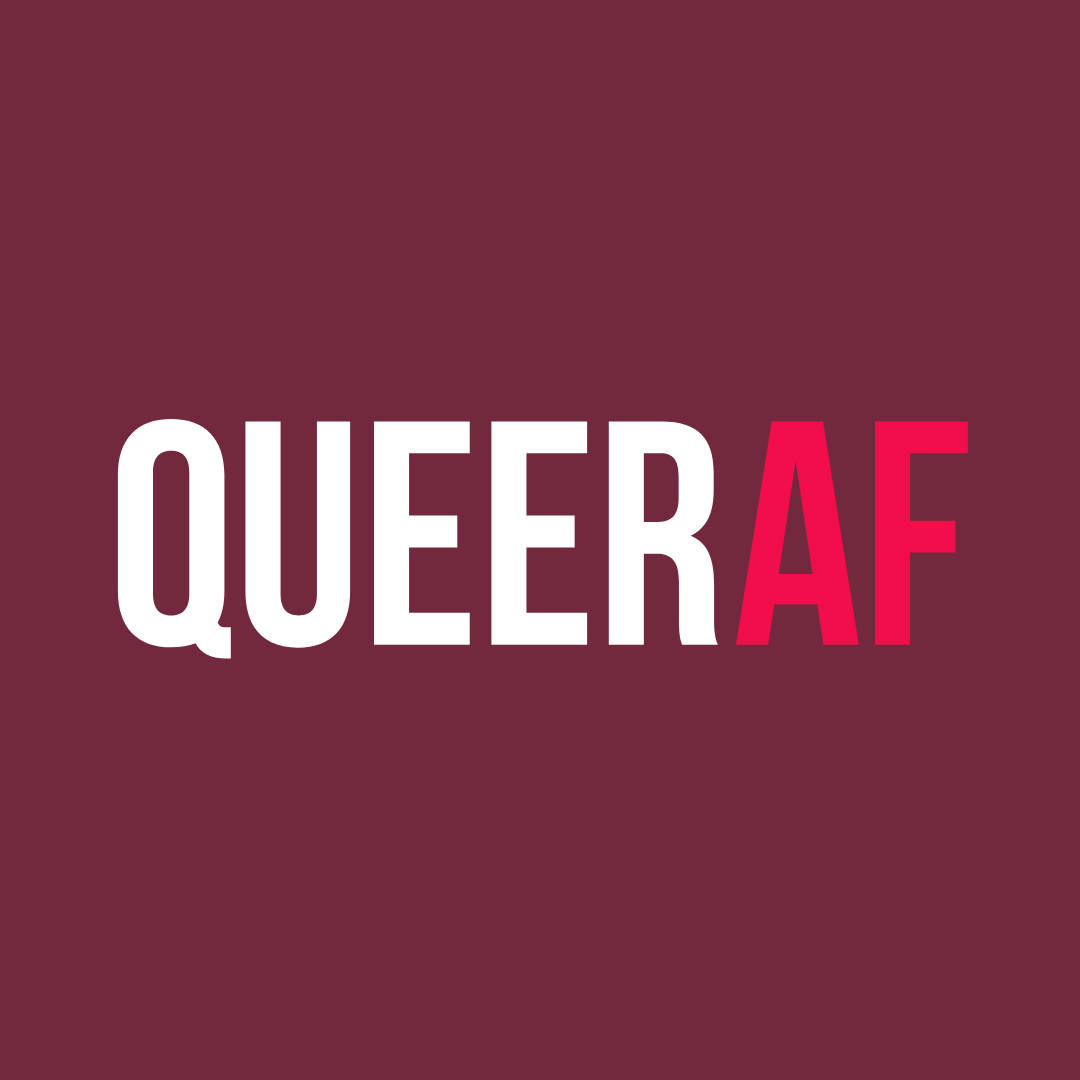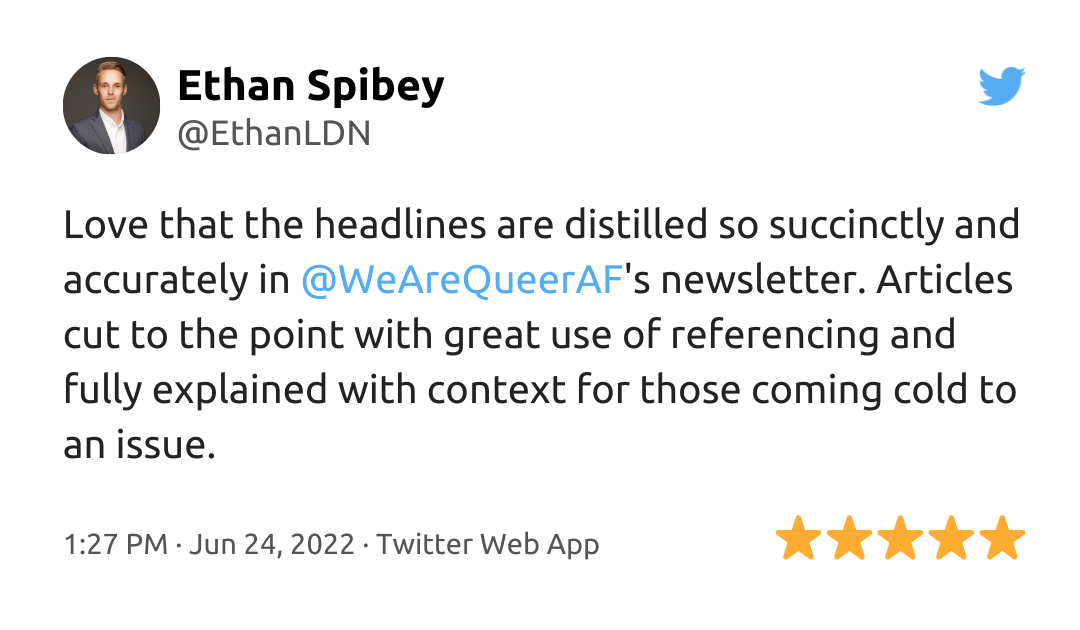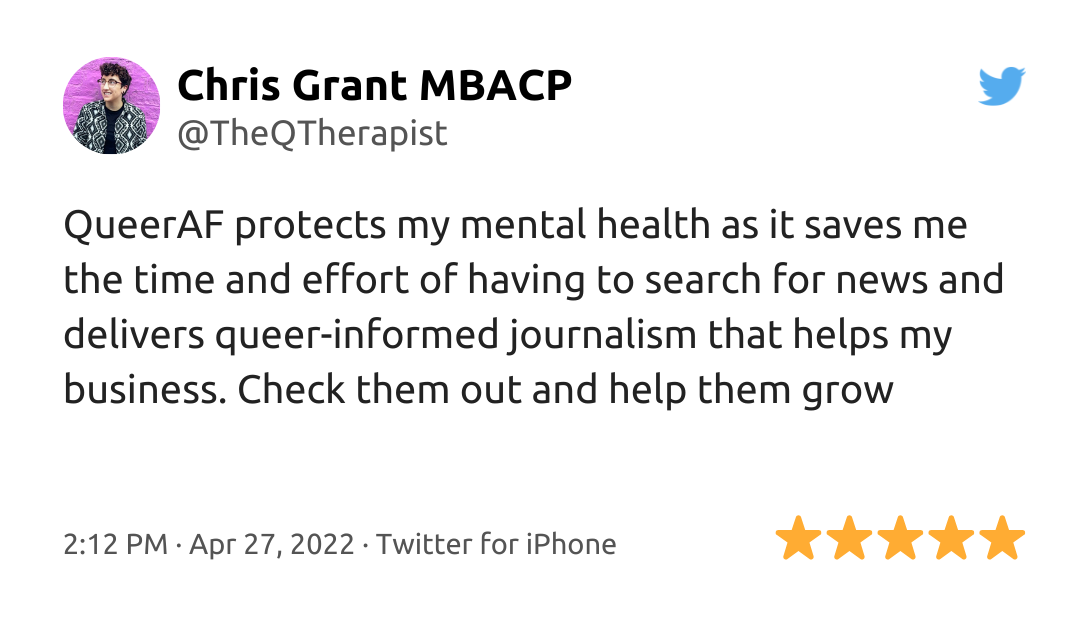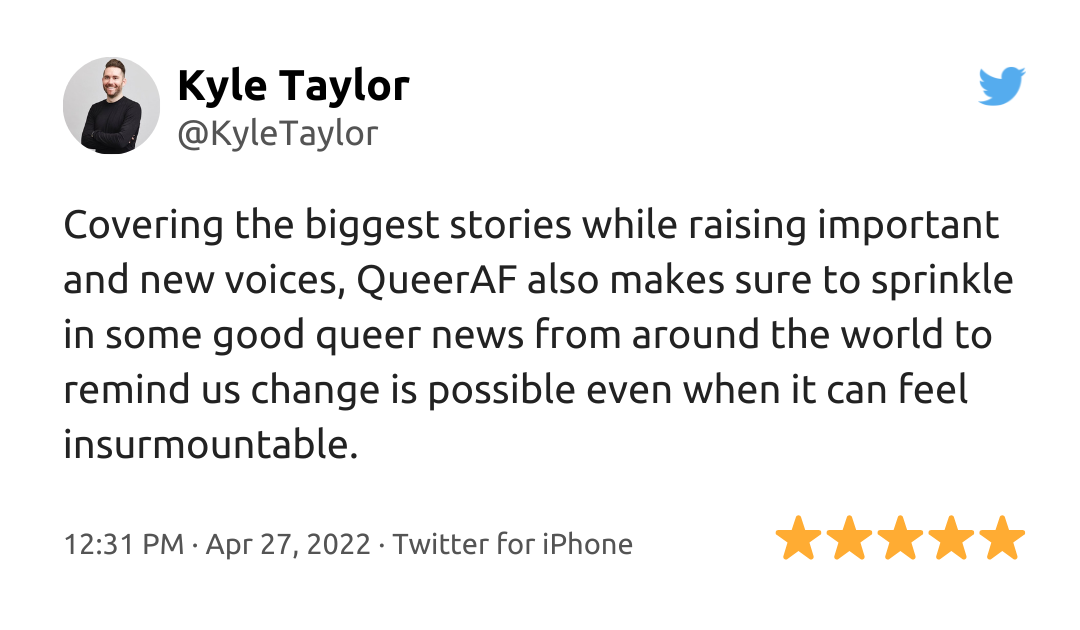
If you’ve ever felt as a queer person that you struggle to find clothes that fit and suit you - good news! You’re not alone. They were never designed for you in the first place.
Clothes and the way we play with them form a big part of how we see ourselves and how we are seen as queer people. But, in a capitalist system that favours mannequin conformity over individual tailoring, where the changing room mirror wants to change us, where can we see ourselves?
Perhaps a journey into the looking glass of the past holds the answers.
1945. A newspaper in Ohio, The Cleveland Plain Dealer, launches a contest in the hopes of finding the real ‘Norma’. She is a statue depicting the so-called ‘ultimate female form’, created from the measurements of thousands of young (all white and able-bodied) women. About 4,000 women submitted their measurements to the newspaper. Not a single one matched Norma’s measurements.
When you shop for clothes, you are really shopping for clothes made for homogenised fictions like Norma, not for you and your actual size. Made-to-measure clothing was the standard until the late 1800s, with ready-to-wear clothing being hastened into normality by - you guessed it - war. By the end of the 19th century, most men across Europe and North America wore ‘mass-produced, standardised clothing’, with women’s clothing following later.
There is nothing exactly standardised about queerness, and it eludes mass-production (except during Pride season). It is arguably, in many ways, inherently anti-capitalist, rejecting tightly-packaged concepts and embracing nuance and individuality. For Bobuq Sayed, queerness is not just about community, but also about values - about speaking up against issues like the genocide in Gaza and being “hostile to the military industrial complex that generates profit by manufacturing weapons designed to kill people”.
As well as not being very queer, there is something wholly toxic about standard-sizing. It encourages this idea that there is ‘something wrong’ with our bodies, because they don’t fit into arbitrary parameters set by a tiny fraction of the population. Santi Sorrenti, one of the people behind the DIY fashion initiative G(end)er Swap, puts this into stark perspective. Speaking to Bricks Magazine, they say that garments are not designed for trans and gender non-conforming bodies, and produces actual “distress and dysphoria” for many people.
There’s no XS, S, M, or XL in LGBTQIA+. We are a made-to-measure community, with as many labels as there are wearers.
Many fashion designers are bucking the trend, with a resurgence of tailor-made fashion - some are even embracing AI.
Made-to-measure is about as queer as you can get, and there are those working to showcase the industry’s queer inseam. In the current climate, however, it’s not the most affordable option.
The average consumer is expected to cover the cost of doing the right thing - £795 for tailor-made jeans, Levi’s? This is a very mixed message!
As queer people, especially when it comes to fashion, we have a long history of ‘make-do-and-mend’ when it comes to giving ourselves what we need.
We can’t change the system. It wants us all to be more like Norma - predictable, manageable, generalised. And obviously, that’s not gonna work for us! But we can change the way we live within it.
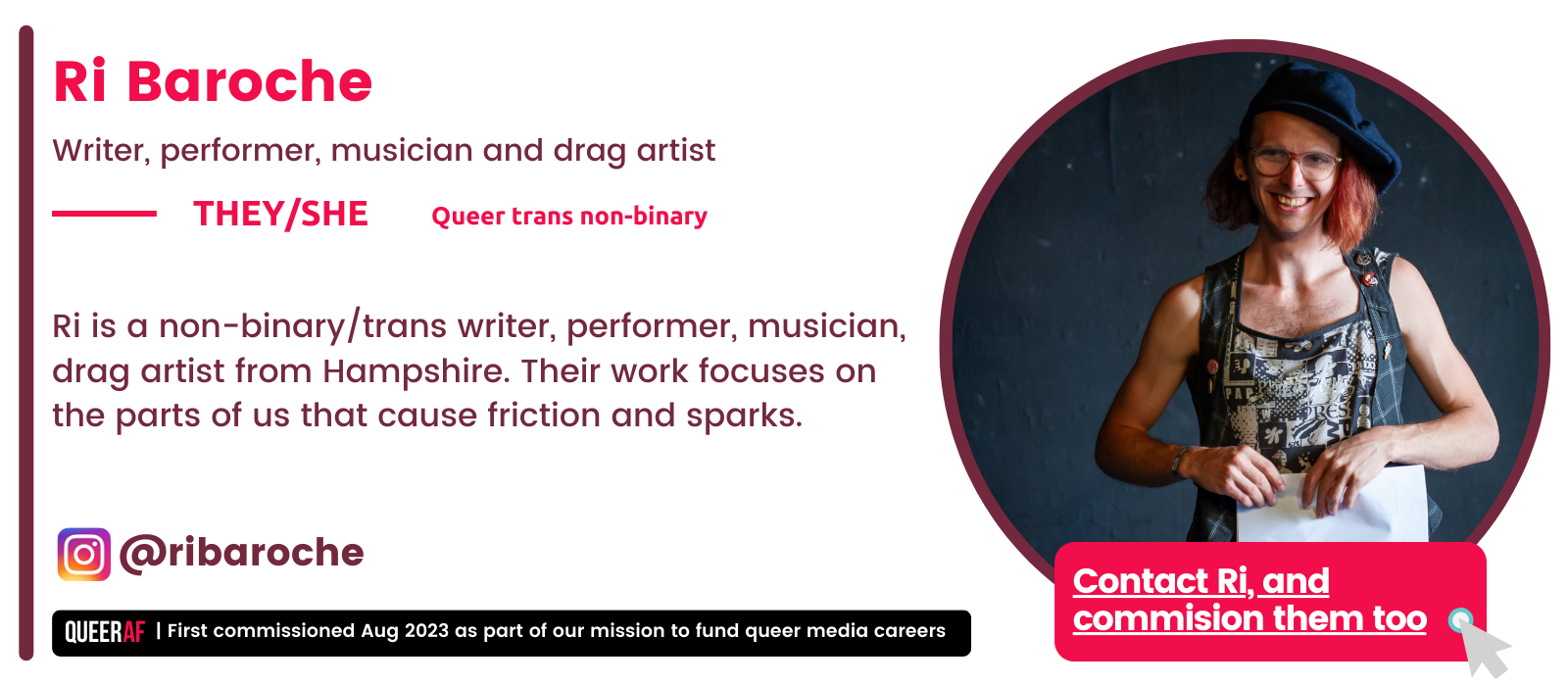
Get the Queer Gaze in your inbox each week with our free weekly newsletter or pitch to write an edition for us now.
For media as diverse as we are.
That's why we do what we do - to help create an LGBTQIA+ news service that's made-to-measure for you, our QueerAF readers.
But of course, we can't make something that fits you unless you tell us what you need.
That's why our members are our most important editors: they tell us what kinds of stories they need to hear and what parts of LGBTQIA+ life they want to learn about.
Then we commission queer creatives to bring their diverse perspectives and tell those stories.
It's a new media model that's going from strength to strength - we've had a big increase in members this year.
Join us, and help us make the media that fits you. Grab a QueerAF membership today - and get a Pride month discount!


